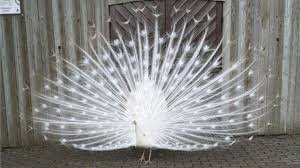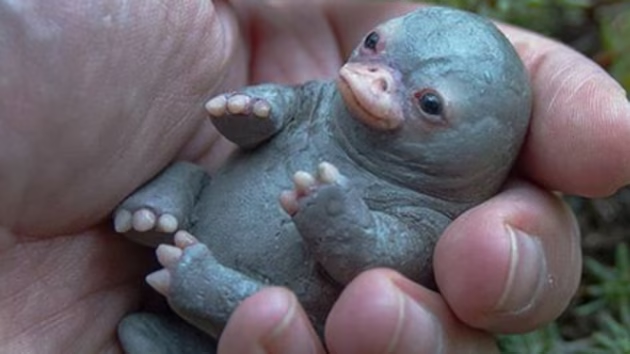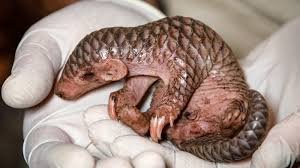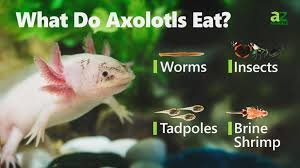
white peacocks
What Are White Peacocks?
White peacocks are a stunning and rare variation of the Indian Blue Peafowl, known scientifically as Pavo cristatus. Unlike the more common peacocks that display vibrant blue and green plumage, the white peacock boasts a completely snow-white appearance — from its body to its dramatic fan-shaped tail. This unique coloration isn’t a result of albinism, as often believed, but a genetic condition called leucism.
Leucism causes a reduction in pigment in feathers and skin, but unlike albinos, leucistic animals still retain normal eye color. White peacocks have piercing blue or gray eyes, unlike the red or pink eyes typical of albino birds. Their ethereal appearance and graceful movements make them a symbol of purity, beauty, and mysticism in many cultures.
The Science Behind White Plumage
The distinctive color of the white peacock is due to a recessive gene that must be inherited from both parents. This genetic trait causes the feathers to lack melanin, the pigment responsible for coloration. As a result, the birds are born entirely white but otherwise healthy and fully functional.
It’s important to note:
- They are not albino
- They are the same species as the blue peacock
- Both males and females can be white, though the males are more visually striking due to their elaborate train
Selective breeding in captivity has helped preserve and increase the population of white peacocks, though they remain uncommon.
Origins and Habitat
White peacocks belong to the Indian peafowl species, which is native to the Indian subcontinent. In the wild, blue peacocks inhabit forests, grasslands, and farmlands. However, white peacocks are extremely rare in the wild and are usually found in captivity, zoos, bird parks, and private aviaries.
Due to their visibility and rarity, white peacocks in the wild are more vulnerable to predators, and their coloration makes camouflage nearly impossible. As a result, they are primarily bred and protected in controlled environments.
Physical Characteristics
White peacocks have the same size and structure as their blue counterparts, but their all-white feathers set them apart. Their key features include:
- Crested head with pure white crown feathers
- Long train of tail feathers (in males) that can span over 5 feet
- Pale pink or ivory-colored beak and legs
- Elegant walking style and upright posture
During the breeding season, the male white peacock fans his magnificent tail just like colored peacocks, revealing a hypnotic display of shimmering white “eye” patterns on each feather — a breathtaking spectacle that draws attention wherever they appear.
Behavior and Temperament
Like other peafowl, white peacocks are known for their majestic display rituals, territorial behavior, and loud calls. Their behaviors include:
- Displaying their tail to attract females
- Vocalizing with sharp cries, especially during mating season
- Roosting in high trees or platforms at night
- Pecking at insects, grains, fruits, and greens
White peacocks are generally peaceful birds but can be assertive, especially during the breeding season. In captivity, they adapt well to large aviaries or open farmland, provided they have shelter and space to roam.
Diet and Nutrition
In both wild and captive environments, white peacocks thrive on a balanced omnivorous diet. Their natural diet includes:
- Insects like ants, beetles, and termites
- Grains and seeds
- Fruits and berries
- Leafy greens and tender shoots
In captivity, their diet is often supplemented with:
- Poultry feed with added vitamins and minerals
- Cracked corn and peas
- Fresh vegetables like spinach and lettuce
Clean water must be available at all times to support their health and vibrant feather growth.
Breeding and Lifecycle
White peacocks have a similar breeding cycle to other Indian peafowl. Males begin displaying their train in the spring to attract females. Once mating occurs, the female lays 4–8 eggs in a shallow ground nest.
Key breeding facts:
- Incubation lasts about 28–30 days
- Chicks are born with soft white down
- White coloration is only guaranteed if both parents carry the white gene
- Chicks grow quickly but take 2–3 years to mature fully
Selective breeding by experienced aviculturists is often necessary to maintain the white lineage without compromising health or genetics.
Symbolism and Cultural Significance
Throughout history, peacocks have symbolized royalty, immortality, and beauty. White peacocks, in particular, hold deeper spiritual meaning in various traditions:
- In Hinduism, they are associated with the goddess Saraswati, representing purity and divine knowledge
- In Buddhism, they symbolize wisdom and spiritual awakening
- In Western cultures, they are often seen as omens of peace or rare beauty
In art and literature, the image of a white peacock often represents something ethereal, magical, or otherworldly.
Housing and Care in Captivity
White peacocks are best kept in large enclosures or free-range farms with access to shelter and safety. Important housing elements include:
- Secure fencing to protect from predators
- Shelter or elevated roosts for nighttime protection
- Dust baths for feather health
- Shade during hot seasons
They require plenty of space to roam and display their tails, especially males. Keeping them in cramped quarters can lead to stress, feather damage, or aggression.
Common Health Issues
While white peacocks are hardy birds, they are prone to a few common health concerns:
- Mites and lice in feathers
- Respiratory infections from poor ventilation
- Foot injuries from hard or dirty ground
- Nutritional deficiencies if not fed properly
Routine cleaning, vaccinations (where available), and regular health checks ensure a long and healthy life for these majestic birds.
Are White Peacocks Good Pets?
White peacocks can make beautiful and exotic additions to estates, farms, or aviaries. However, they are not ideal for small backyards or urban areas due to:
- Loud vocalizations
- Need for large roaming space
- Sensitivity to harsh weather and predators
They are best suited for experienced bird keepers or enthusiasts with the time, space, and resources to care for them properly. When raised in the right conditions, they can live up to 15–20 years in captivity.
Conclusion
The white peacock is a rare and majestic bird that captivates all who see it. With its snowy plumage, graceful behavior, and deep cultural symbolism, it represents the mystery and elegance of nature at its finest. While they require specific care, their visual beauty and serene presence make them a prized treasure among aviculturists and bird lovers alike.
Whether seen in a temple garden, royal palace, or modern aviary, the white peacock remains a living masterpiece — a glowing example of how genetic variation and nature can come together to create something truly magical.






